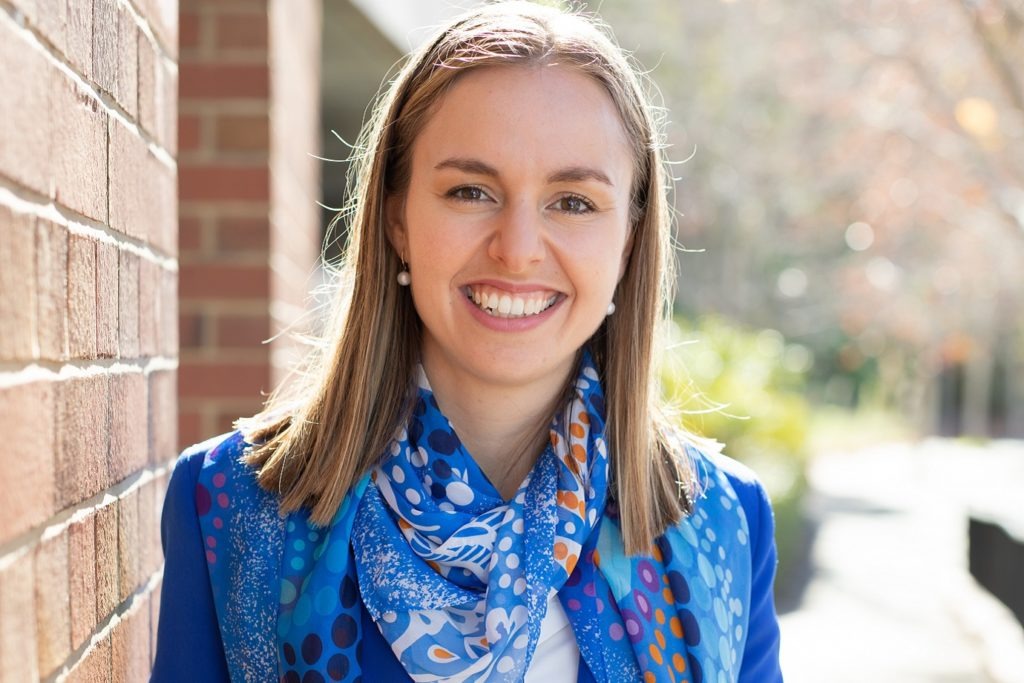Shelley Cable says she never planned to be a Chief Executive Officer at the age of 24, but that’s exactly what happened when she was appointed CEO of Generation One at the Minderoo Foundation two years ago.
In this week’s episode of The Leadership Lessons, Cable tells Shirley Chowdhary that she had always thought she wanted to work in corporate Australia, probably in “a finance department somewhere”. And she hadn’t known philanthropy was a sector until she took a job in it.
A proud Nyoongar woman, Cable says her parents, who met working in a bank and had an “entrepreneurial streak about them”, instilled a love of business and finance in her. She also says she grew up in an environment that gave her an “inner confidence” which means she doesn’t get easily intimated by challenges that come her way at her work.
Speaking on the podcast, Cable explains that she’s steadfastly focused on the primary objective of Generation One, which is to help close the employment gap between Indigenous and non-Indigenous Australians in one generation.
“Indigenous Australians are roughly 3.3 percent of the Australian population,” she says. “So, what we’d like to see is Indigenous Australians representing 3.3 percent of the workforce around Australia.”
According to Cable, the current statistics indicate Australia is very far away from this goal as it stands.
“What that looks like in actual numbers is we need another 300,000 Indigenous Australians in work by 2040. And that’s a pretty big number regardless, but especially so when you consider that only around 200,000 indigenous Australians are in work today,” she explains in the podcast.
“So, over the next 19 years, we’re looking to 1.5 times the size of our current workforce.”
At the Minderoo Foundation, the team is constantly dealing with challenges it doesn’t immediately know how to solve, something that reflects the organisation’s ambitious goals. Cable refers to “stretch targets” which is basically the idea that it’s good to be a bit uncomfortable with the level of challenge you’re facing at work.
“I think that’s been great to build my resilience knowing that there’s a whole foundation here that feels the same way. But the important thing is that we don’t let it overwhelm us,” she said.
“I got thrown into a leadership position here at Minderoo. And I had to learn very quickly how to manage a team, how to lead a team, how to work in the philanthropic space all at the same time.”
Part of this resilience comes from the fact that Cable doesn’t have time to worry about what other people think of her work.
“I’m in a hurry and I think First Nations people are in a hurry. You just need to look at the fact that the employment gap is 200 years away from closing for a start, to realise we don’t actually have that long.”
As Cable has told Women’s Agenda previously, she’s noticed how the dynamic changes at decision-making tables when she’s there.
“By actually taking a seat at the table, I sometimes don’t have to say anything,” she tells Shirley in the podcast. “And the people around me, by virtue of me being visible in that room and taking up a seat around that board table, people all of a sudden consider the Indigenous perspective and they wonder what I’m thinking just by virtue of me being there.”
Hear more from Shelley Cable in this week’s episode of The Leadership Lessons, a Women’s Agenda podcast made possible thanks to the support of Salesforce.


